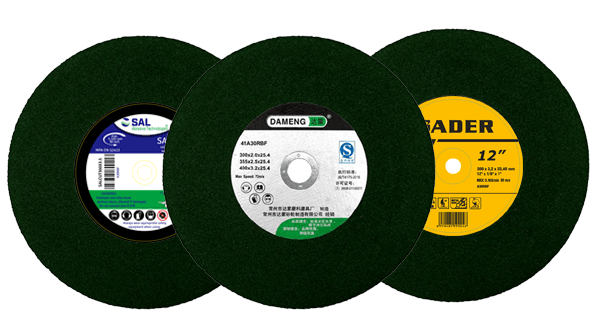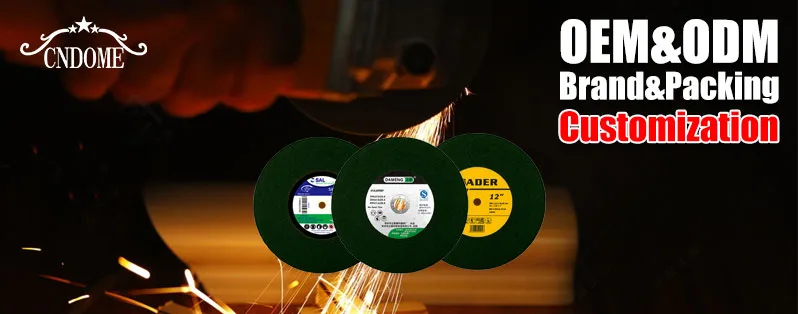Cutting discs are essential tools for various industries and applications, ranging from metalworking and construction to woodworking and automotive repairs. They are designed to cut through materials with precision and efficiency. However, when it comes to purchasing cutting discs, it’s important to consider various factors that affect their price. In this blog post, we will explore the key factors that influence the price of cutting discs and provide some insights to help you make informed buying decisions.

Material and Quality:
One of the primary factors that determine the price of cutting discs is the material used in their construction. Cutting discs can be made from a variety of materials, including aluminum oxide, silicon carbide, zirconia alumina, and diamond. Each material has its own unique properties and is suitable for different applications. Discs made from high-quality materials tend to be more expensive due to their durability and superior performance.
Size and Thickness:
The size and thickness of a cutting disc also impact its price. Larger discs require more material and have higher manufacturing costs, which often results in a higher price tag. Similarly, thicker cutting discs are typically more expensive because they offer increased stability and durability during cutting operations.
Type of Cutting Disc:
Different cutting tasks require specific types of cutting discs. For example, there are discs designed for cutting metal, concrete, masonry, tiles, and wood. Each type has its own characteristics and specifications, which can influence the price. Discs engineered for specialized applications or featuring advanced features, such as reinforced cores or segmented edges, may cost more than general-purpose discs.
Brand and Reputation:
The brand of cutting disc you choose can also affect its price. Established brands with a strong reputation for quality and performance tend to charge a premium for their products. These brands often invest heavily in research and development, ensuring that their cutting discs meet high standards and deliver consistent results. While opting for trusted brands may come at a higher cost, it can provide assurance of product reliability and customer support.
Quantity and Packaging:
The quantity of cutting discs you purchase and the packaging they come in can also impact the price. Buying in bulk often allows for discounted rates, as manufacturers and suppliers may offer quantity-based pricing. Additionally, special packaging, such as individual blister packs or bulk containers, can influence the overall cost of the cutting discs.
When it comes to buying cutting discs, understanding the factors that influence their price is crucial. The material and quality, size and thickness, type of cutting disc, brand reputation, and quantity and packaging are all important considerations. By evaluating these factors and balancing them with your specific needs and budget, you can make an informed decision while ensuring that you get the best value for your investment. Remember, prioritizing quality and performance over price alone can result in more efficient and cost-effective cutting operations in the long run.

